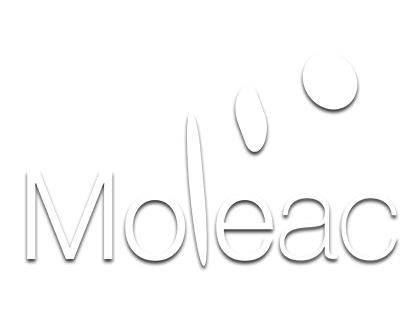Prognostic Factors and Pattern of Long-Term Recovery with MLC601 (NeuroAiD™) in the Chinese Medicine NeuroAiD Efficacy on Stroke Recovery – Extension Study
Cerebrovasc Dis 2017; 43:36-42
Published by S. Karger AG, Basel
This analysis from the CHIMES-E study shows that subjects with prognostic factors of poorer outcome get a higher benefit on post-stroke functional recovery with a 3-month course of NeuroAiD compared to placebo, with statistically significant differences seen as early as 3 months and persisting over the long term. At 12 months NeuroAiD almost doubles the chances of achieving functional independence. These results indicate that selection of subjects with poorer prognosis, particularly those with more severe NIHSS score and longer OTT* delay, as well as a longer follow-up period and treatment duration can maximize the recovery potential of subjects included in post-acute stroke clinical trials.
Authors: Narayanaswamy Venketasubramanian, Chun Fan Lee, Sherry H. Young, San San Tay, Thirugnanam Umapathi, Annabelle Y. Lao, Herminigildo H. Gan, Alejandro C. Baroque II, Jose C. Navarro, Hui Meng Chang, Joel M. Advincula, Sombat Muengtaweepongsa, Bernard P.L. Chan, Carlos L. Chua, Nirmala Wijekoon, H. Asita de Silva, John Harold B. Hiyadan, Nijasri C. Suwanwela, K.S. Lawrence Wong, Niphon Poungvarin, Gaik Bee Eow, Christopher L.H. Chen for the CHIMES-E Study Investigators
Keywords: Acute stroke, Stroke recovery, MLC601, NeuroAiD, Prognosis, Clinical trial, Long-term outcome
Abstract:
Background: The Chinese Medicine NeuroAiD Efficacy on Stroke recovery – Extension (CHIMES-E) study is among the few acute stroke trials with long-term outcome data. We aimed to evaluate the recovery pattern and the influence of prognostic factors on treatment effect of MLC601 over 2 years.
Methods: The CHIMES-E study evaluated the 2 years outcome of subjects aged ≥ 18 years with acute ischemic stroke, National Institutes of Health Stroke Scale (NIHSS) score 6–14, pre-stroke modified Rankin Scale (mRS) score ≤ 1 included in a multicenter, randomized, double-blind, placebo-controlled trial of MLC601 for 3 months. Standard stroke care and rehabilitation were allowed during follow-up with mRS score being assessed in-person at month (M) 3 and by telephone at M1, M6, M12, M18 and M24.
Results: Data from 880 subjects were analyzed. There was no difference in baseline characteristics between treatment groups. The proportion of subjects with mRS score 0–1 increased over time in favor of MLC601 most notably from M3 to M6, thereafter remaining stable up to M24, while the proportion deteriorating to mRS score ≥ 2 remained low at all time points. Older age (p < 0.01), female sex (p = 0.06), higher baseline NIHSS score (p < 0.01) and longer onset to treatment time (OTT; p< 0.01) were found to be predictors of poorer outcome at M3. Greater treatment effect, with more subjects improving on MLC601 than placebo, was seen among subjects with 2 or more prognostic factors (OR 1.65 at M3, 1.78 at M6, 1.90 at M12, 1.65 at M18, 1.39 at M24), especially in subjects with more severe stroke or longer OTT.
Conclusions: The sustained benefits of MLC601 over 2 years were due to more subjects improving to functional independence at M6 and beyond compared to placebo. Selection of subjects with poorer prognosis, particularly those with more severe NIHSS score and longer OTT delay, as well as a long follow-up period, may improve the power of future trials investigating the treatment effect of neuroprotective or neurorestorative therapies.

